Prepare tour, target new customer stream
The removal of visa bottlenecks to attract international visitors has been long awaited by the tourism industry, airlines, and travel companies. Therefore, the draft Law amending and supplementing a number of articles of the Law on Exit and Entry, which has just been passed by the National Assembly and will take effect from August 15, is truly good news, a driving force for Vietnam tourism to strongly implement Resolution 82 of the Government on accelerating recovery and tourism development.
Mr. Cao Tri Dung, Vice President of Vietnam Tourism Association, assessed that the new visa policy will fundamentally change the structure of our customers as well as our service system.
The open visa policy will pave the way for many new tourist flows, especially those traveling alone, as well as families and small groups. At the same time, it will enhance the competitiveness of Vietnam as a destination in accessing international tourist sources.

Vietnam expects to welcome over 10 million international visitors in 2023, creating momentum for 2024-2025.
(Photo: Do Huong)Mr. Dung affirmed that the remaining 6 months of 2023 and the following years will see a significant increase in the number of international visitors to Vietnam, especially individual visitors and those using e-visas.
According to Mr. Nguyen Cong Hoan, General Director of Flamingo Redtours Company, removing the visa 'bottleneck' will create conditions for travel companies to build products, especially long-term tours with customers entering and exiting multiple times.
Up to now, the company is calculating to build longer-term products for elderly and retired people who have more time to travel; focusing on field trips, cultural exploration, tours to explore and experience Vietnam, medical tourism, tourism combined with visiting Indochina countries and then returning to Vietnam, etc.
He said that some markets that have responded quickly to the policy already have customers, such as Northeast Asia, Southeast Asia and South Asia. Some markets far from the unit have prepared products for the end-of-year and next year's customer season.
Mr. Pham Ha, Chairman of Lux Group, commented that with the expansion of markets approved for electronic visas (evisa), increasing the validity to 90 days, with no limit on the number of entries, tourists can stay longer, 3-4 weeks instead of just 14-15 days as before. Therefore, long-term Vietnam tours from North to South, 21 or 23-day tours combining Vietnam, Cambodia or Laos and then returning to Phu Quoc, Da Nang for relaxation are being designed. He expects the company's peak inbound season revenue from September to increase by at least 30%.
VietIndo Travel is also focusing on building products, expected to be completed in July to welcome international visitors from September to October. Instead of being constrained by time and days as before due to visa restrictions, tours over 15 days will be opened more.
Need longer stays and more spending
As a former state manager of tourism and an expert in the industry, Chairman of the Vietnam Tourism Association, Mr. Vu The Binh, acknowledged that exploiting the benefits of the open visa policy is not difficult, but the important thing is to implement each task in detail to truly turn those advantages into attractive tourism products.
He noted that policies can facilitate international visitors to Vietnam, but if they do not enjoy coming, do not spend more money, or do not stay longer, attracting more numbers will not be very meaningful.
“Therefore, becoming a luxury tourism market, welcoming high-spending and long-stay guests in Vietnam is the goal of the tourism industry. From there, we must have a clear policy and determination that tourism businesses must take the lead,” he emphasized.
In addition, there needs to be a connection between industries and businesses, how in the supply chain we have tourism products with the most suitable prices. Although price competition is not a decisive issue in the coming period, it creates attraction for international visitors.
In fact, Mr. Nguyen Cong Hoan commented that the biggest challenge for tourism today is the price issue. Vietnam's tour prices are not good due to 3 factors: the decline of the currency; increased flight costs, increased ticket prices while airfares account for 50-60% of the tour price structure; input factors such as hotels, restaurants, sightseeing fees, and increased salary policies, etc. All of these make input costs increase, making it difficult to build products that stimulate demand and attract customers.
However, CEO of AZA Travel Nguyen Tiet Dat said that the price of Vietnam's tourism products is not high, because with the same 5-star quality level, compared to other countries in the region and the world, our prices are still competitive.
However, we lose in the way we do it. Thailand's strategy is to attract tourists and then think of ways to get money later, so the package price is very cheap. That price is achieved thanks to the close connection between airlines, hotels, restaurants, shopping support systems, etc. Thanks to that, according to the Tourism Authority of Thailand, the amount of money tourists spend on shopping (food and goods) alone is from 5,000-10,000 baht (about 3.5-7 million VND)/day.
Meanwhile, Vietnamese tourism still thinks short-term, wants to collect money immediately, and sets a full price, so it is often high. That mentality, combined with a lack of connection, leads to high prices for airline tickets, transportation, restaurants, etc., while the nature of Vietnamese tourism is cheap (hotel room prices, food), it still ends up being known as expensive.
Ngoc Ha

Source


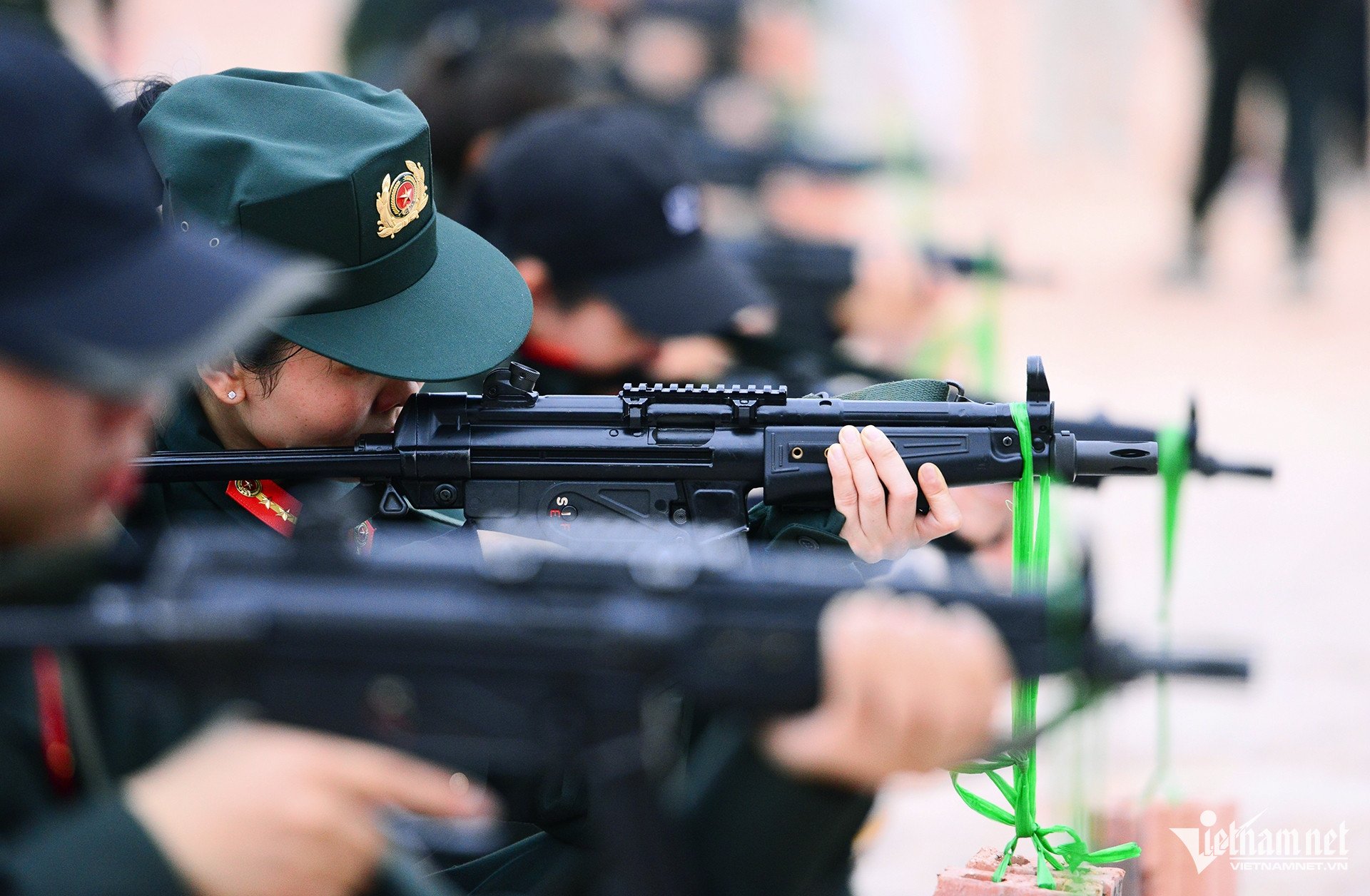


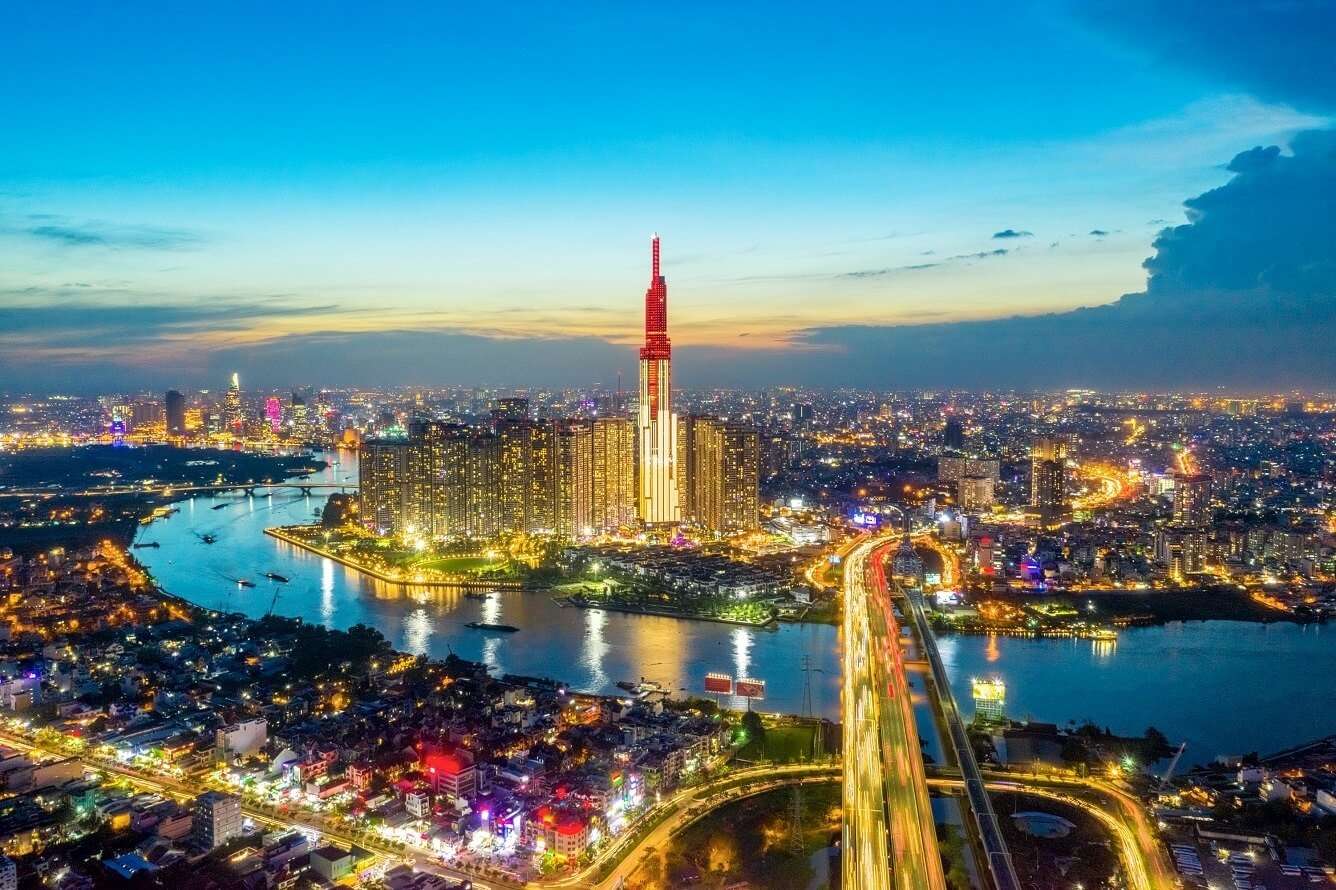



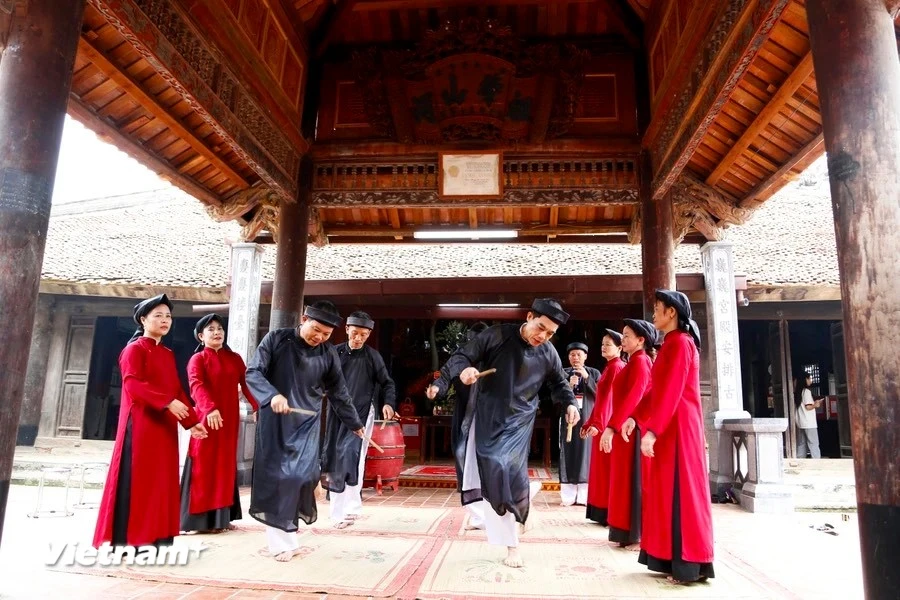

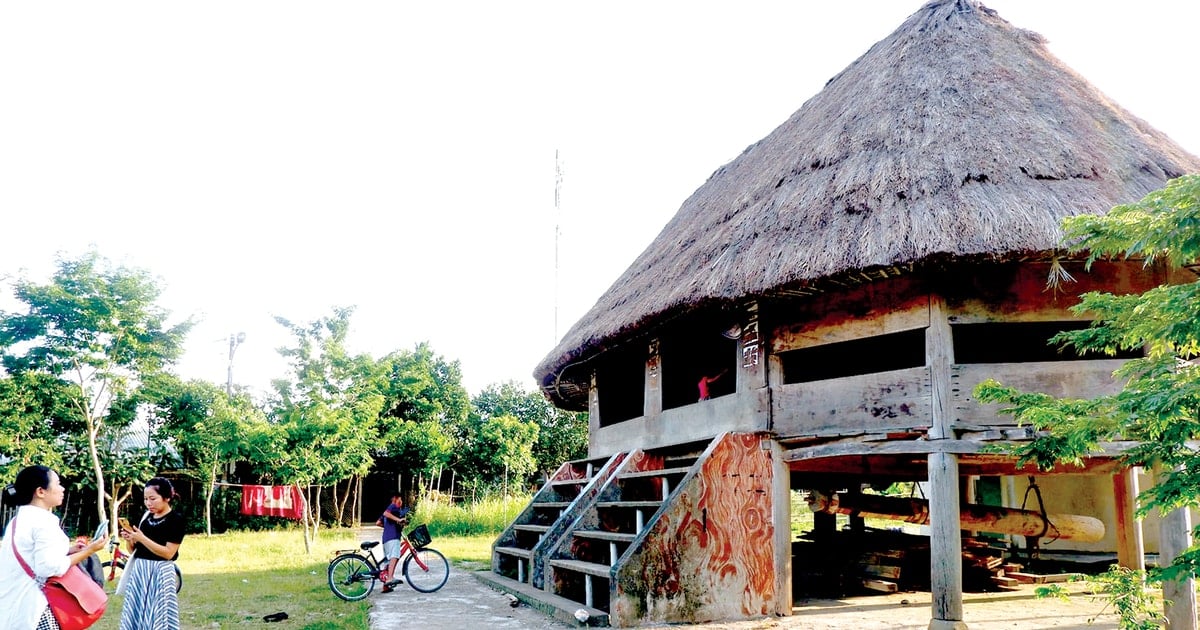

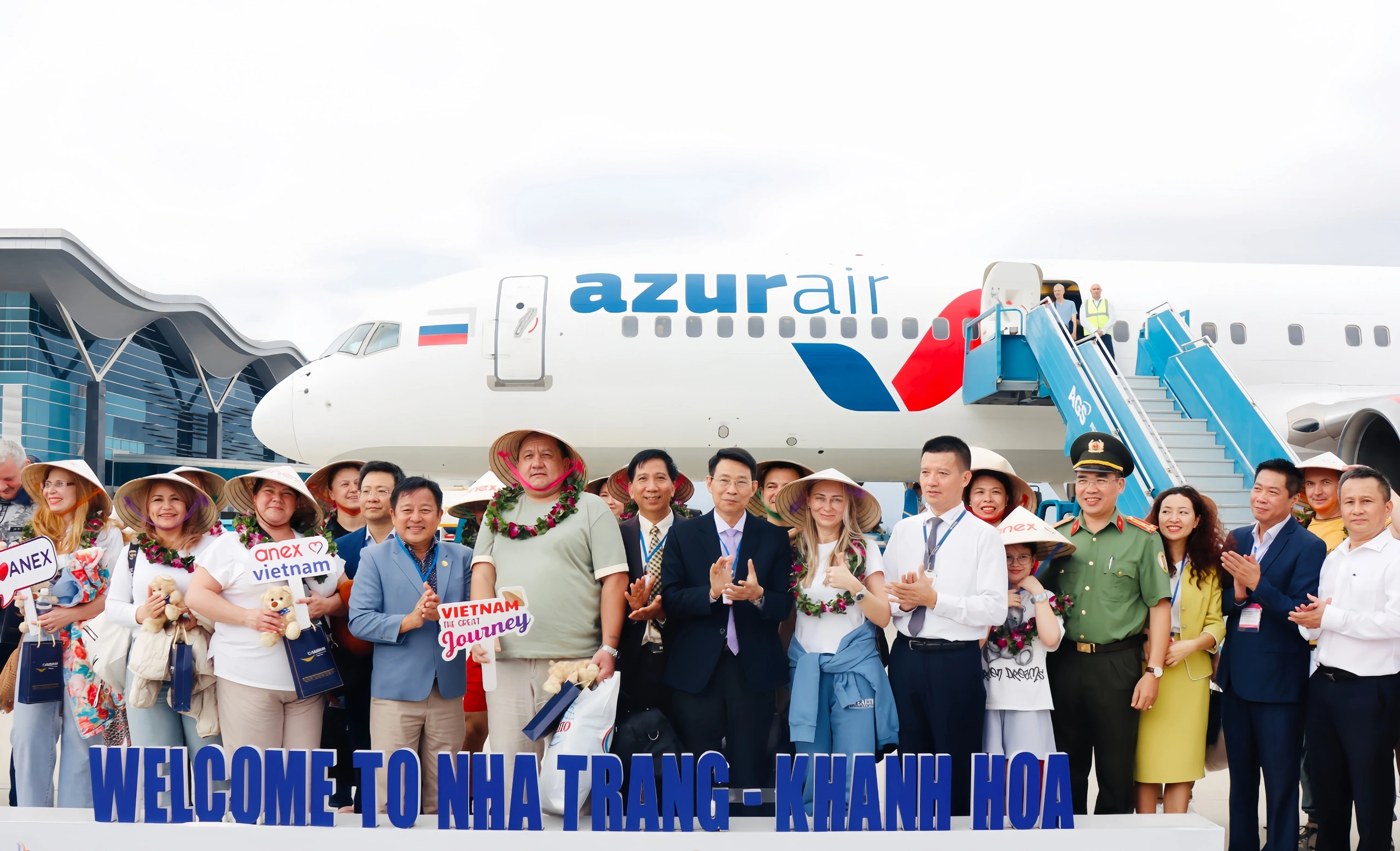

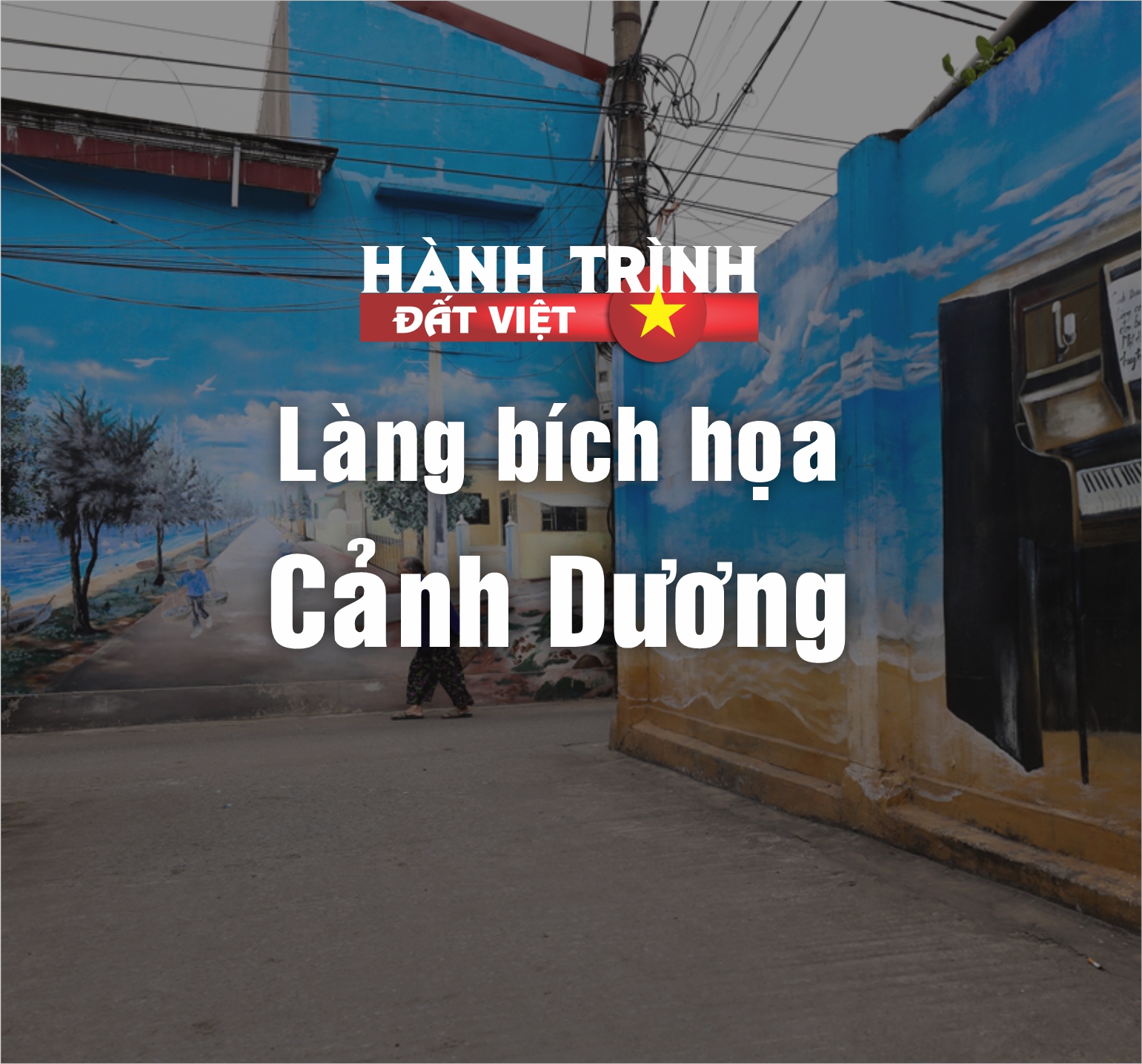

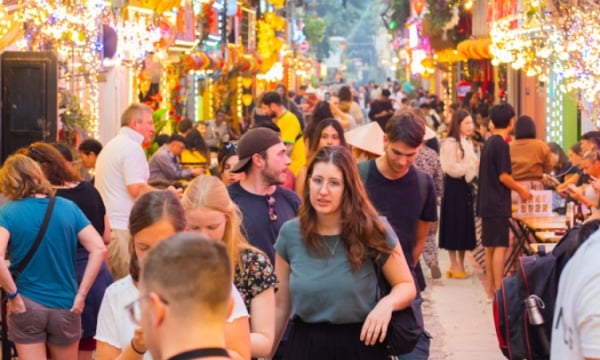

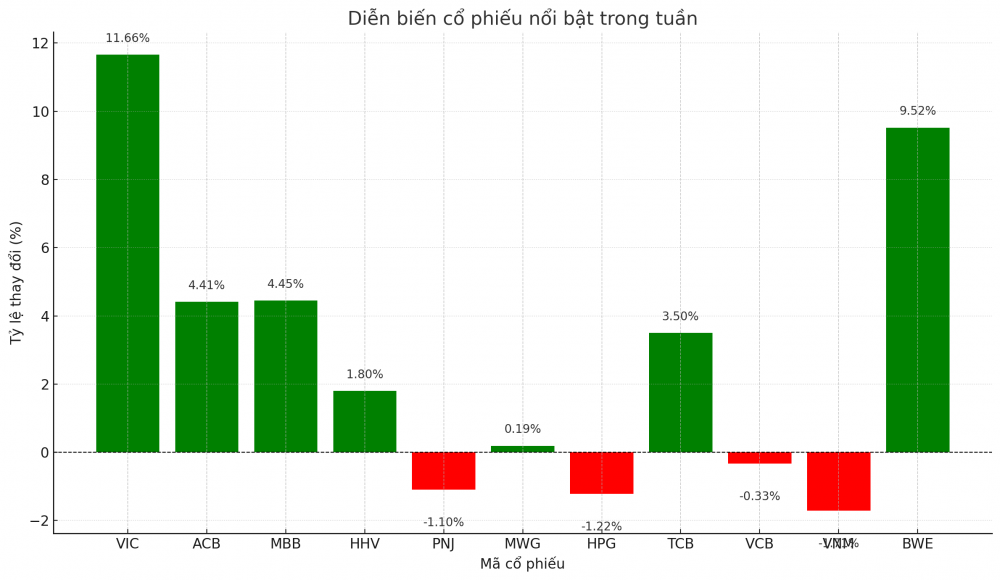
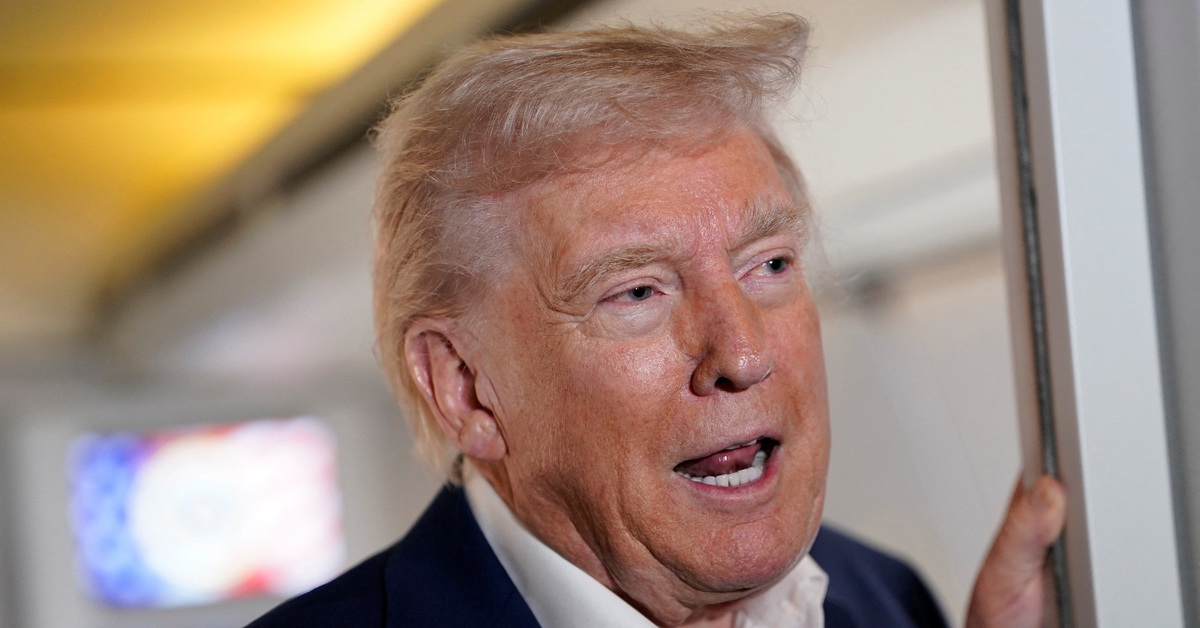
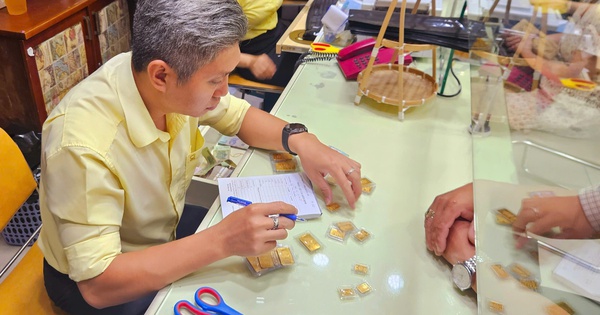
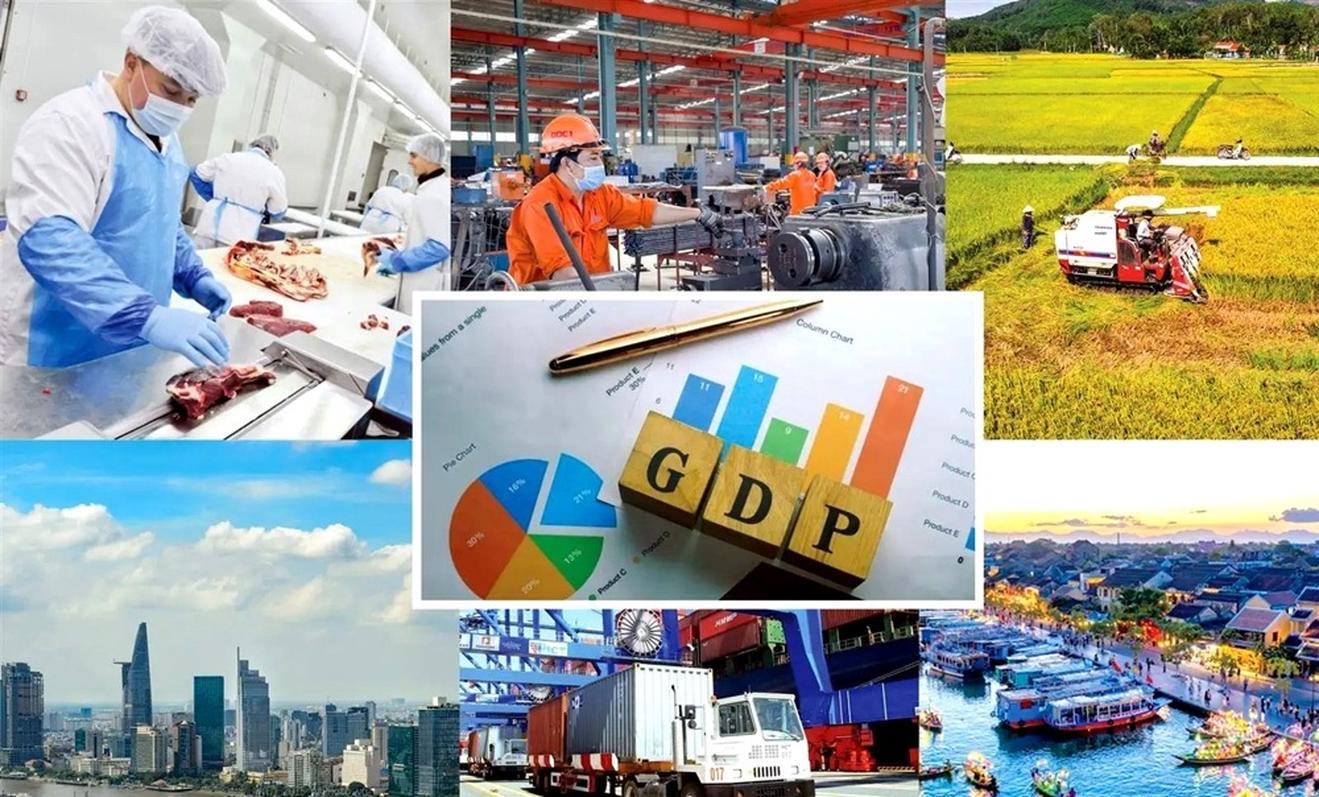
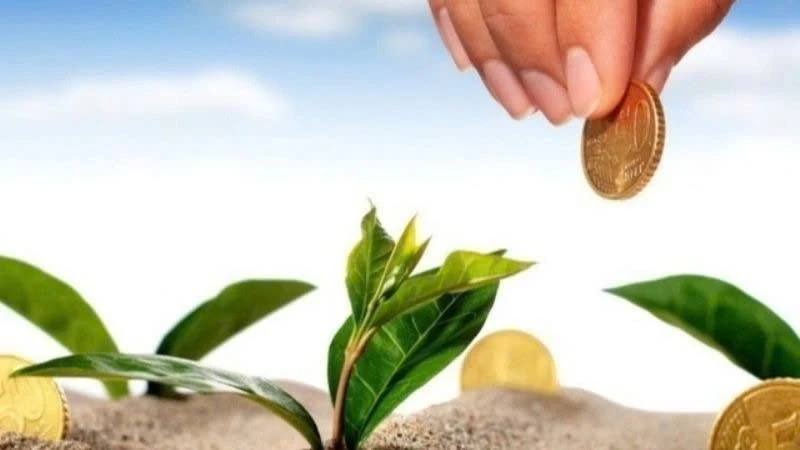
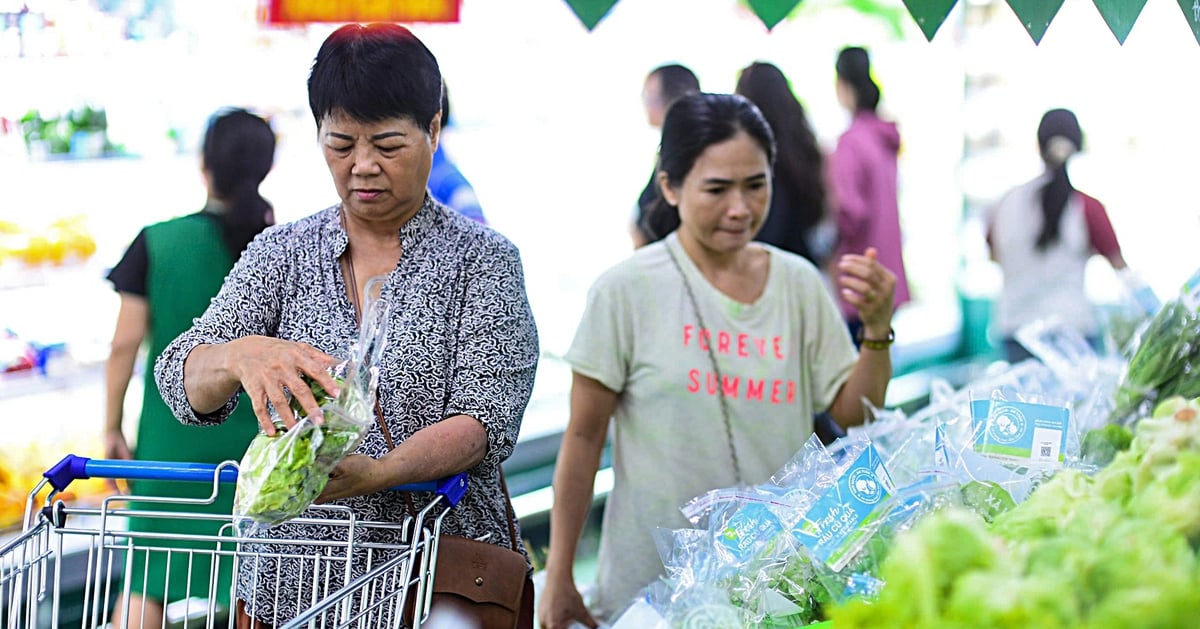


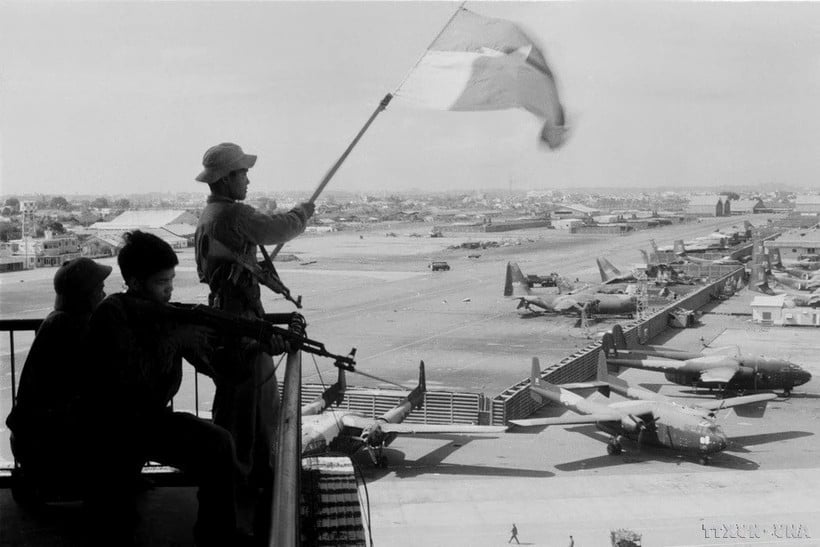


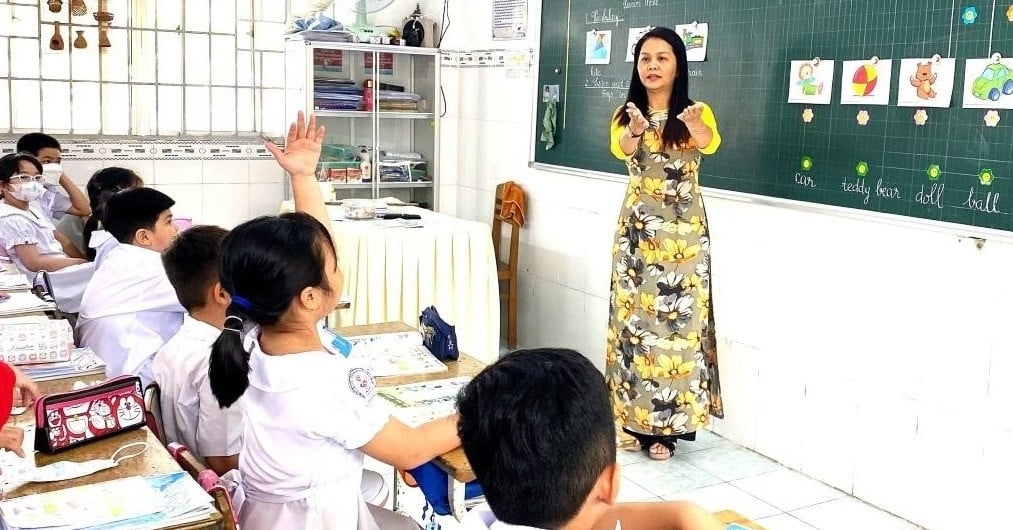


![[Photo] "Beauties" participate in the parade rehearsal at Bien Hoa airport](https://vstatic.vietnam.vn/vietnam/resource/IMAGE/2025/4/11/155502af3384431e918de0e2e585d13a)




























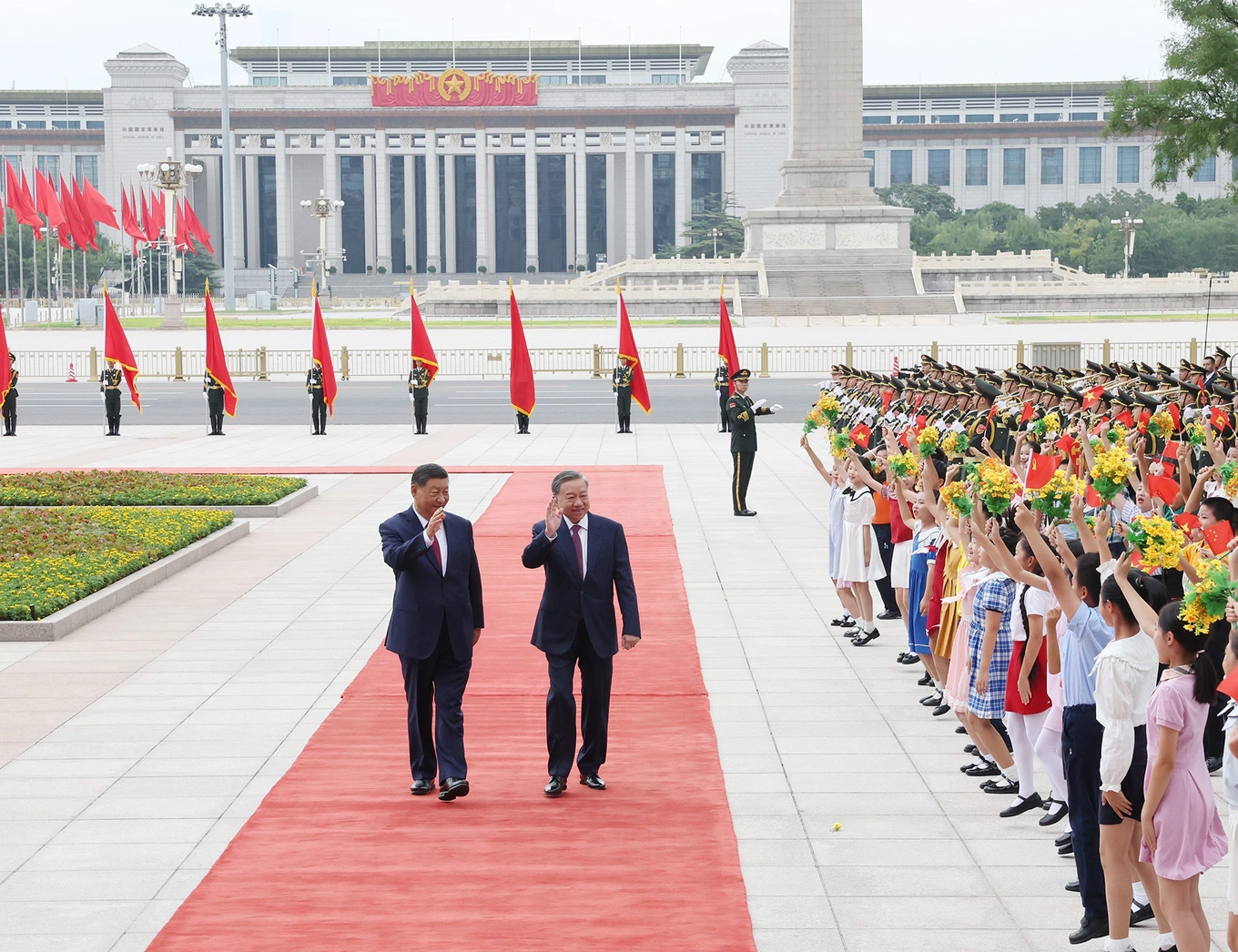
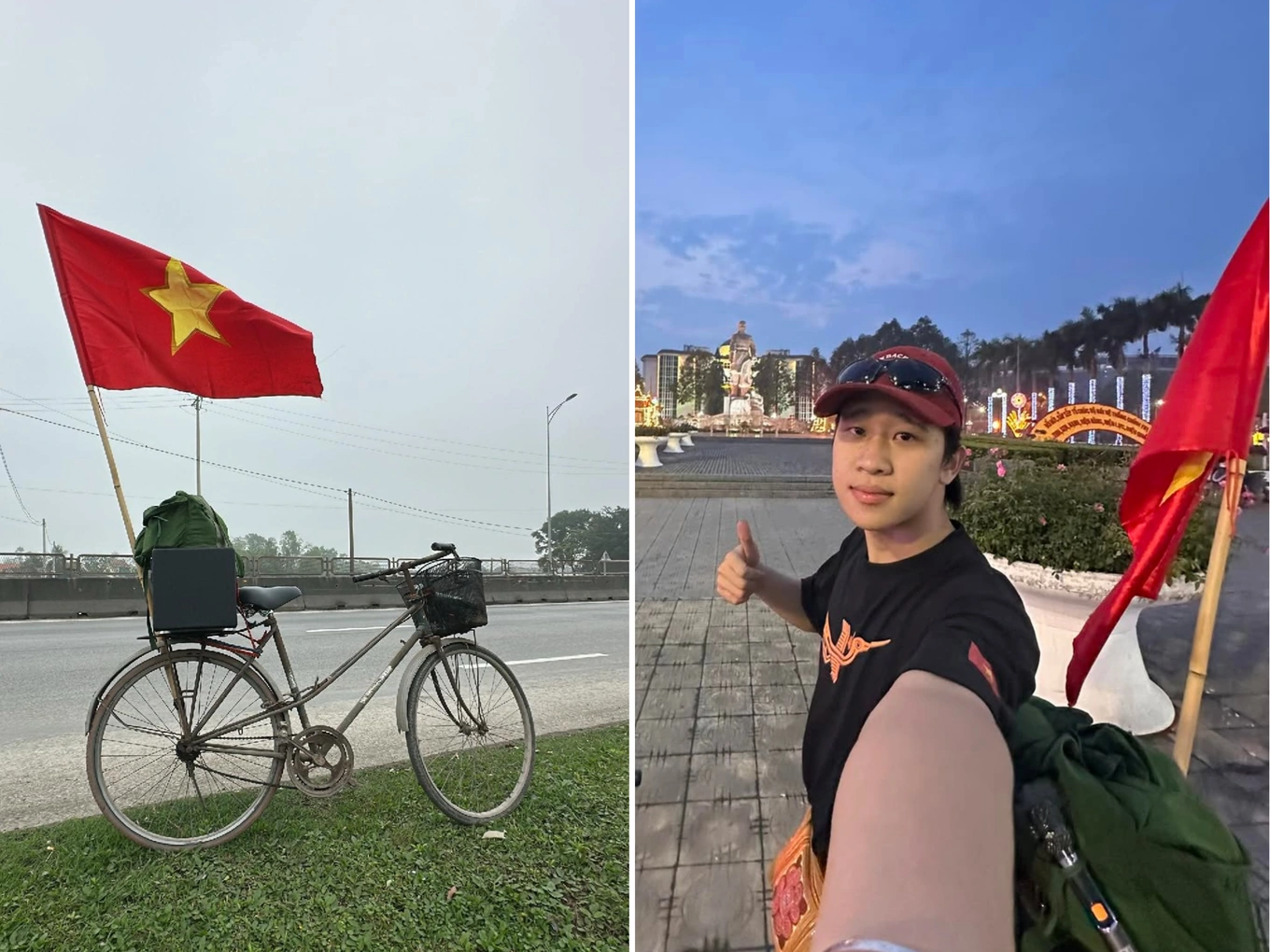
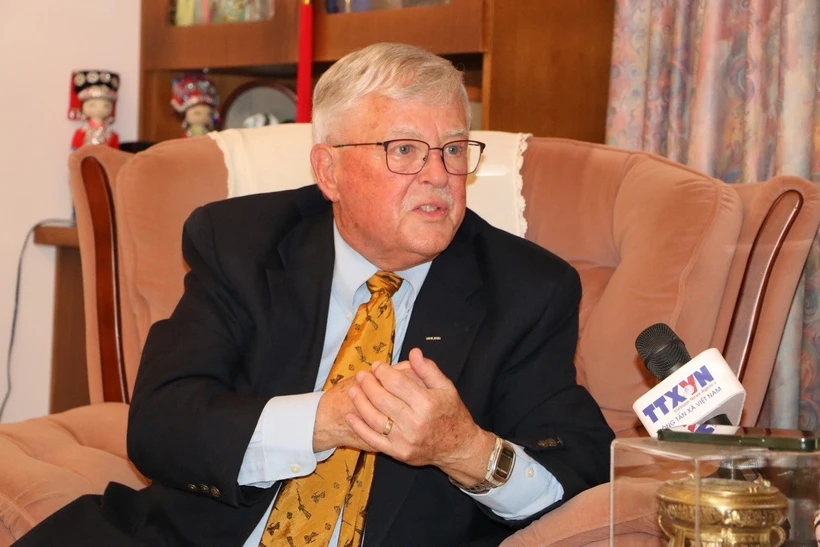
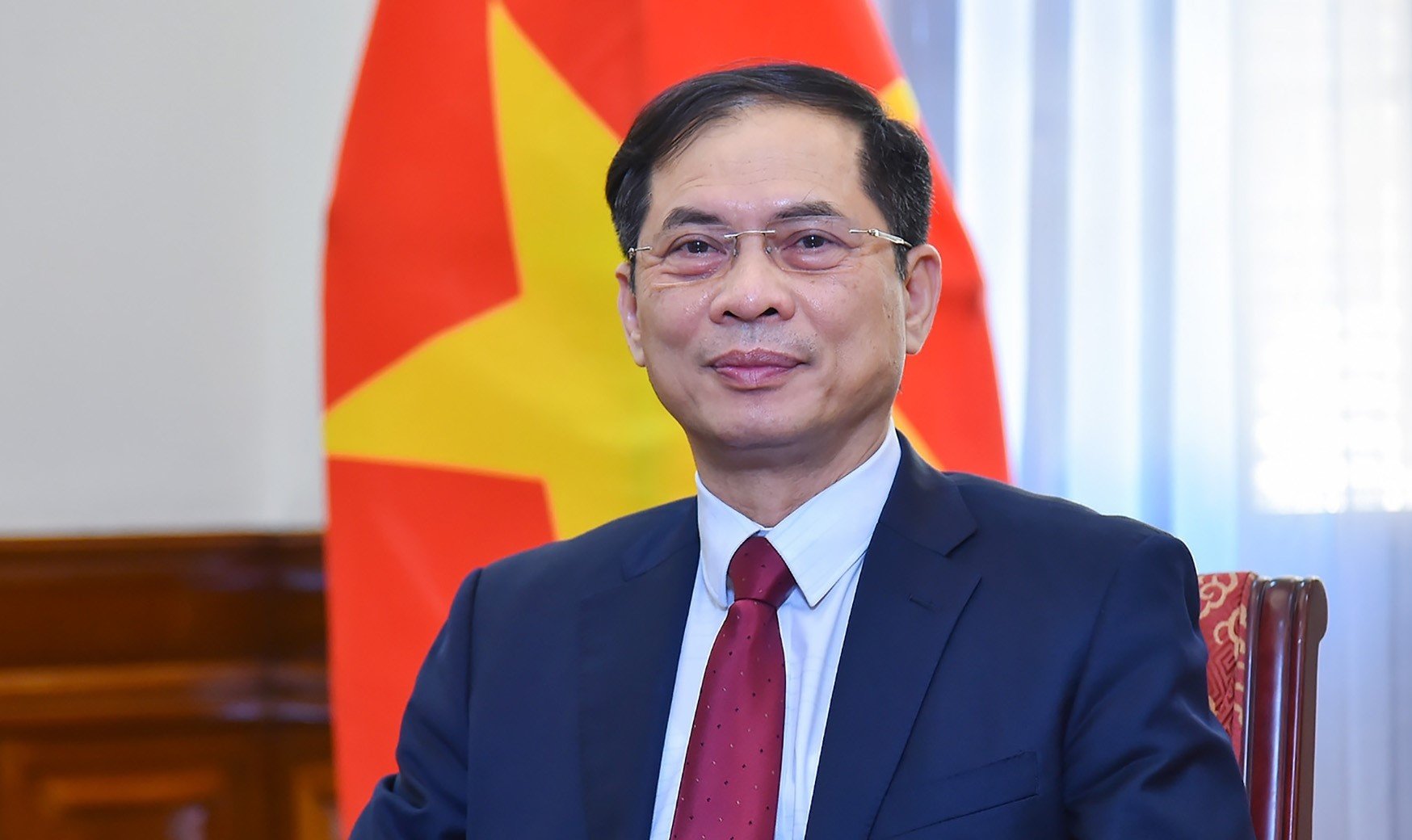



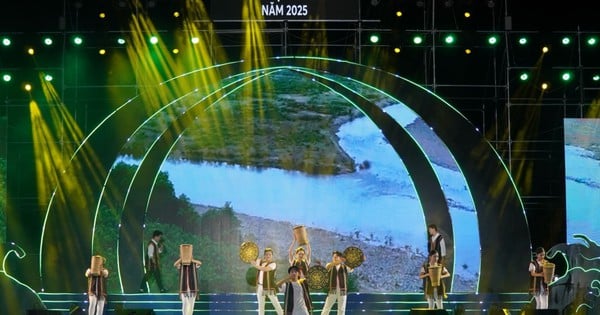
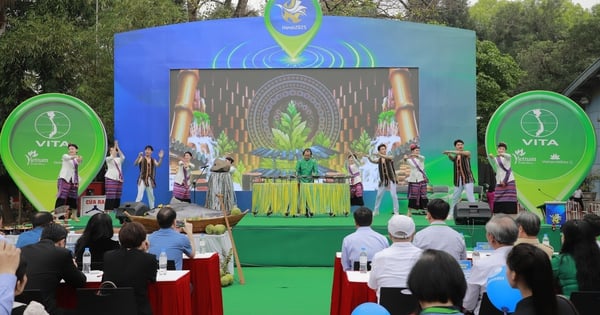
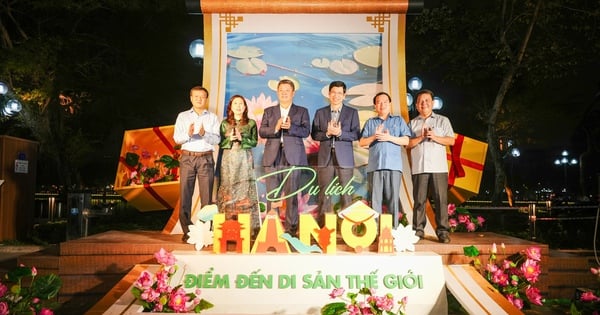
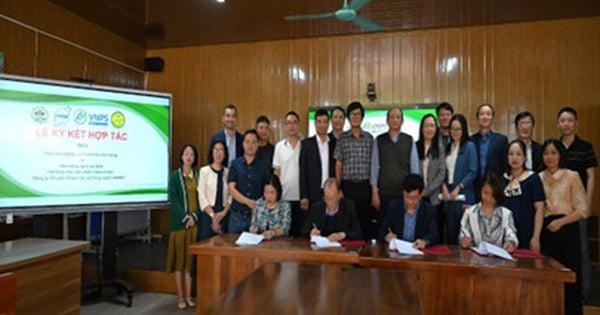






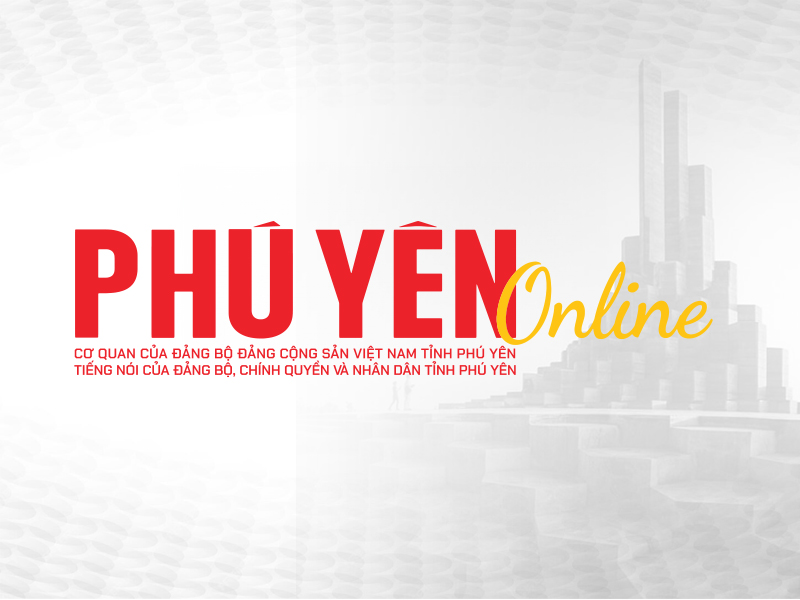

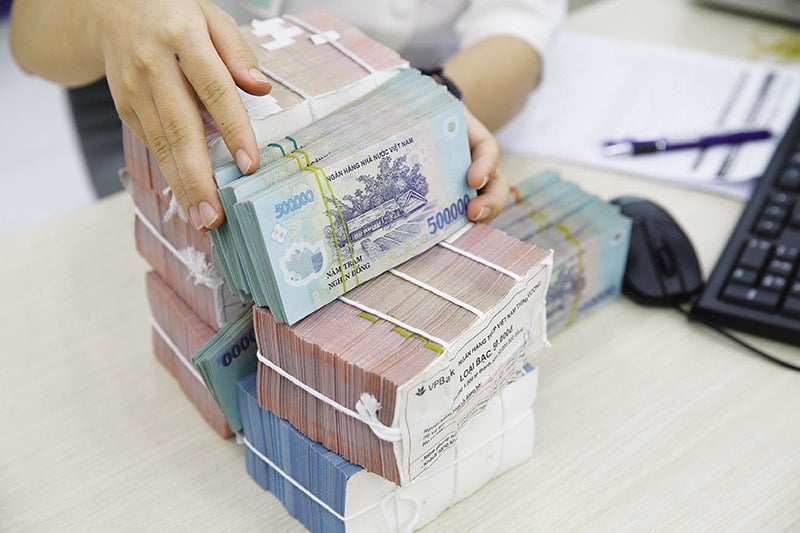
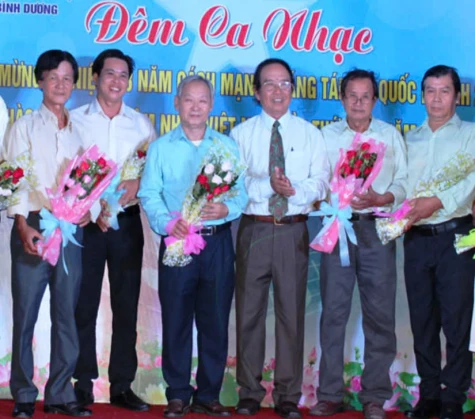
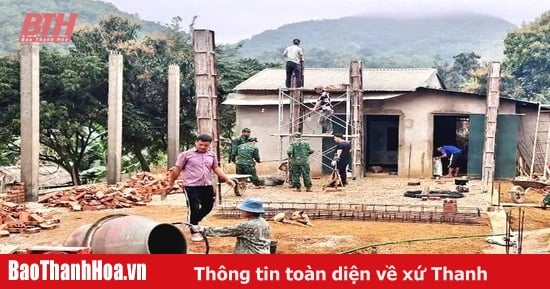









Comment (0)